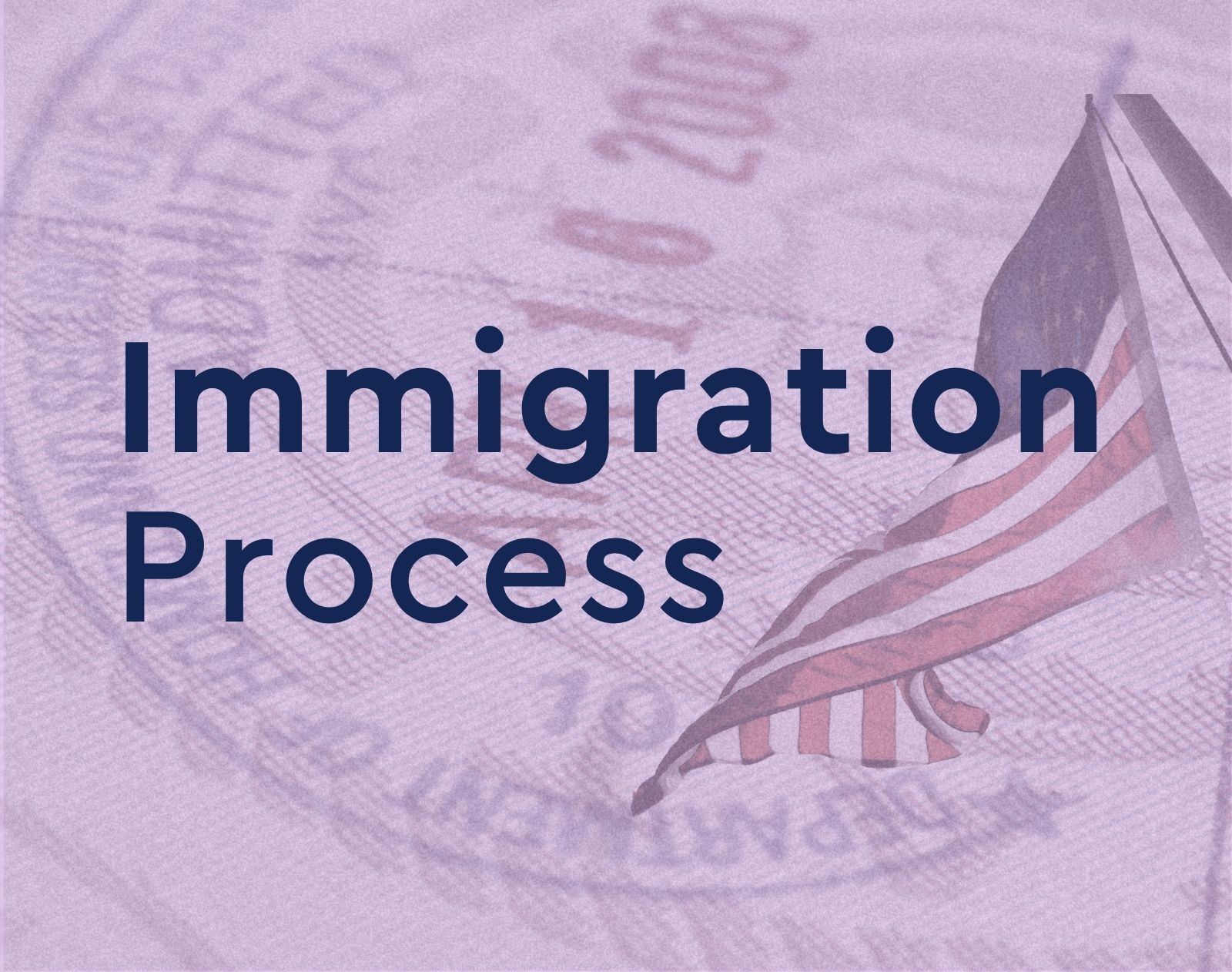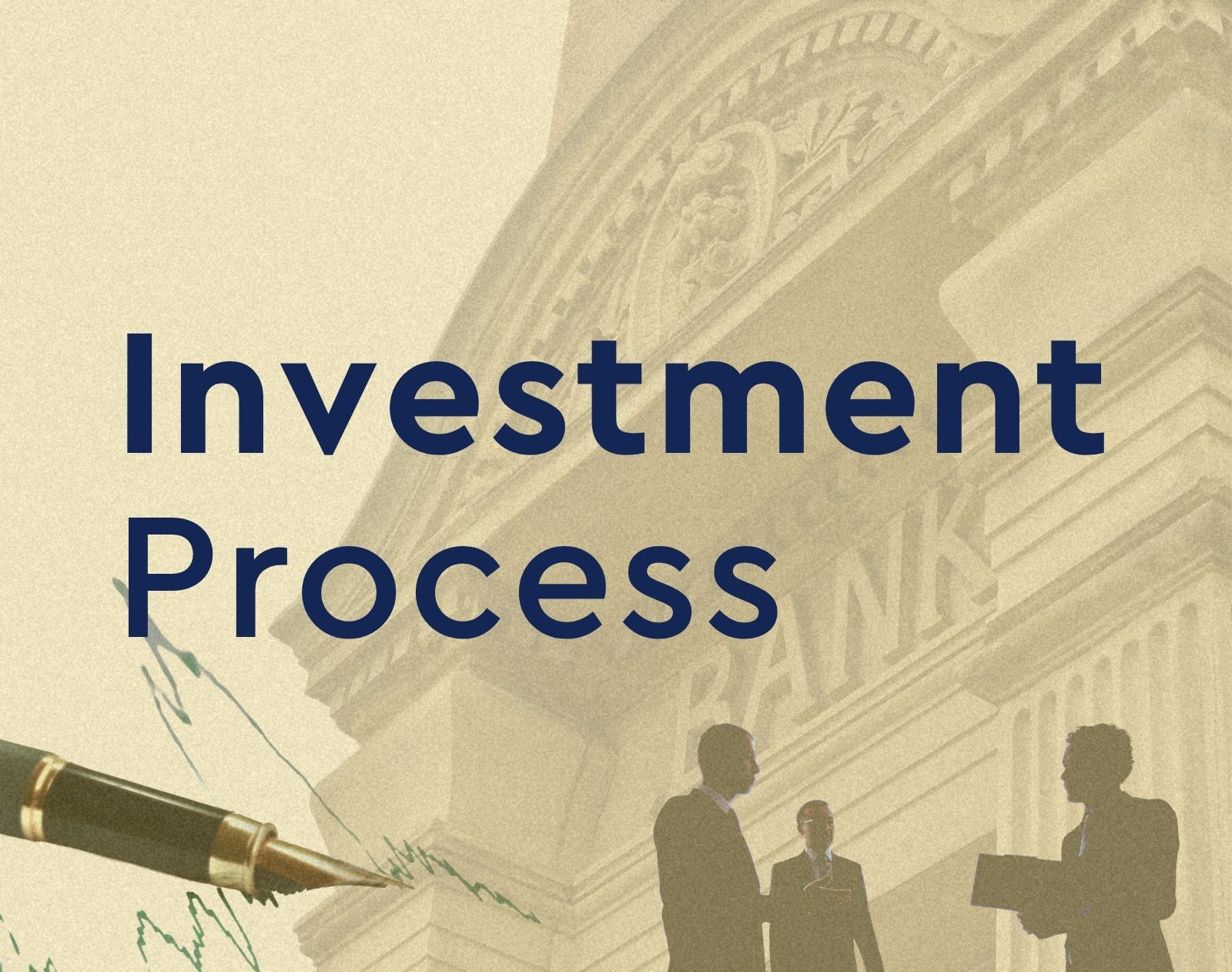EB-5 Investors
EB-5 Basics - AIIA
Thinking about doing EB-5? Get started here!
The EB-5 Immigrant Investor Program was created under the Immigration Act of 1990 as the U.S.’s first investment migration opportunity. This program allows foreign investors the opportunity to qualify for Lawful Permanent Resident (LPR/Green Card) status in exchange for a one-time investment in an American commercial enterprise which creates at least 10 jobs. The program was expanded in 1998 through the creation of the EB-5 Regional Center Program, which allowed for pooled investments from multiple investors and subsequently, larger scale development and job creation.
The main objectives of the program include providing employment opportunities to U.S. citizens and stimulating the economy with foreign direct investments. The program has historically been used to raise money for American industry in times of economic distress, such as the 1990 recession (which led to the birth of the program) and in the 2007 financial crisis (when the Regional Center Program became popular). In exchange for assisting with these economic objectives, qualifying immigrant investors and all eligible family members are offered the opportunity to receive permanent green cards.
Although the EB-5 program is sometimes advertised as or mistakenly interpreted as the “golden visa”, or a visa purchased by the wealthiest 1% to bypass immigration queues, it is intended to allow investors from a variety of economic backgrounds to forgo the need for employment or family sponsorship for immigration.
The EB-5 Visa Program, albeit wildly successful for both the immigrant population and the communities they serve, has faced its fair share of challenges. Any prospective investor must take the time to fully understand the risks and rewards of undergoing both the immigration and investment processes, conduct due diligence with trusted professionals, and carefully compile their capital and documentation before embarking on the journey towards permanent residency.
The entire EB-5 process from start to finish can take several years to complete, including both the immigration journey and the investment journey. Below we have resources detailing the basics of the program. After going through them you can move on to a breakdown of the immigration stages and investment stages:
Where does AIIA fit into all of this?
AIIA is a “by investor, for investors” non-profit advocacy organization. As a group of investors from all over the world, we were brought together because we shared the same problems with our investment and immigration: fear for recovery of investment capital, endless immigration backlogs, manipulation and malpractice by issuers, the EB-5 program lapse, and the crushing burden of stress EB-5 investors faced day after day. AIIA strives to be an authoritative, investor-focused advocacy organization representing interests of all EB-5 investors regardless of their country of birth, adjudication status, or prior residency in the United States. We highly encourage all EB-5 investors to learn more about the EB-5 program through AIIA’s resources that have been put together by a variety of professionals and investors.
For EB-5 Investors
Resources For EB-5 Investors

The Dark Side of EB-5 - A Summary of the Risks Involved
The "at-risk" requirement, redeployment clauses, potential fraud, delayed processing, petition denials, and children aging out.
Learn More
Advantages and Benefits of the EB-5 Visa
Direct path to U.S. permanent residency without sponsorship. Green cards for the investor's family with freedom to work or start a business, access to U.S. education and healthcare.
Learn More
EB-5 Investment Amounts and Additional Sunk Costs
EB-5 investors must contribute $800K–$1.05M plus $100K–$150K in sunk legal, admin, and filing fees—none of which are refundable.
Learn More
Things to Consider Before Your Future EB-5 Investment
Evaluate finances, family goals, taxes, and immigration history. Understand EB-5 risks, costs, and legal requirements. Success depends on preparation, lawful funds, and expert guidance.
Learn More
Parties Involved in the EB-5 process
Key EB-5 parties include agents, attorneys, issuers, and developers—each guiding legal, financial, and project aspects. Choose ethical professionals to ensure success.
Learn More
Enterprises and Job Creation, Direct vs Regional Center: Basic Components of an EB-5 project
EB-5 investors must invest in a New Commercial Enterprise (NCE) creating 10+ jobs. Regional Centers allow passive investing; direct requires active job creation. Know NCE/JCE roles.
Learn More
Project Documents and PPMs: A Basic Overview
The PPM outlines enforceable EB-5 terms, risks, and job plans. Always review it with an advisor—verbal promises aren’t legally binding.
Learn More
The Issue of Aging Out in EB-5
The Child Status Protection Act (CSPA) helps freeze a child’s age on EB-5 petitions, but long visa backlogs still risk children aging out and losing immigration eligibility.
Learn More
EB-5 Basics FAQ
Frequently asked questions
Learn More
The Dark Side of EB-5 - A Summary of the Risks Involved
The "at-risk" requirement, redeployment clauses, potential fraud, delayed processing, petition denials, and children aging out.
Learn More
Advantages and Benefits of the EB-5 Visa
Direct path to U.S. permanent residency without sponsorship. Green cards for the investor's family with freedom to work or start a business, access to U.S. education and healthcare.
Learn More
EB-5 Investment Amounts and Additional Sunk Costs
EB-5 investors must contribute $800K–$1.05M plus $100K–$150K in sunk legal, admin, and filing fees—none of which are refundable.
Learn More
Things to Consider Before Your Future EB-5 Investment
Evaluate finances, family goals, taxes, and immigration history. Understand EB-5 risks, costs, and legal requirements. Success depends on preparation, lawful funds, and expert guidance.
Learn More
Parties Involved in the EB-5 process
Key EB-5 parties include agents, attorneys, issuers, and developers—each guiding legal, financial, and project aspects. Choose ethical professionals to ensure success.
Learn More
Enterprises and Job Creation, Direct vs Regional Center: Basic Components of an EB-5 project
EB-5 investors must invest in a New Commercial Enterprise (NCE) creating 10+ jobs. Regional Centers allow passive investing; direct requires active job creation. Know NCE/JCE roles.
Learn More
Project Documents and PPMs: A Basic Overview
The PPM outlines enforceable EB-5 terms, risks, and job plans. Always review it with an advisor—verbal promises aren’t legally binding.
Learn More
The Issue of Aging Out in EB-5
The Child Status Protection Act (CSPA) helps freeze a child’s age on EB-5 petitions, but long visa backlogs still risk children aging out and losing immigration eligibility.
Learn More
EB-5 Basics FAQ
Frequently asked questions
Learn MoreDirectory of Professionals

AIIA has curated a list of the top professionals from attorneys, investment specialists, to business plan writers to support all EB-5 stakeholders.
View Directory of ProfessionalsConnect With A Professional
AIIA has curated a list of the top professionals from attorneys, investment specialists, to business plan writers to support all all EB-5 stakeholders
For Developers, Business Owners, and Govs
More resources
Can't Find The Right Resource
Use this tool before to find the most applicable EB-5 resource for your needs.
Get In Touch With Us
If you have any questions, inquiries, or collaboration proposals, please don’t hesitate to reach out to us.

